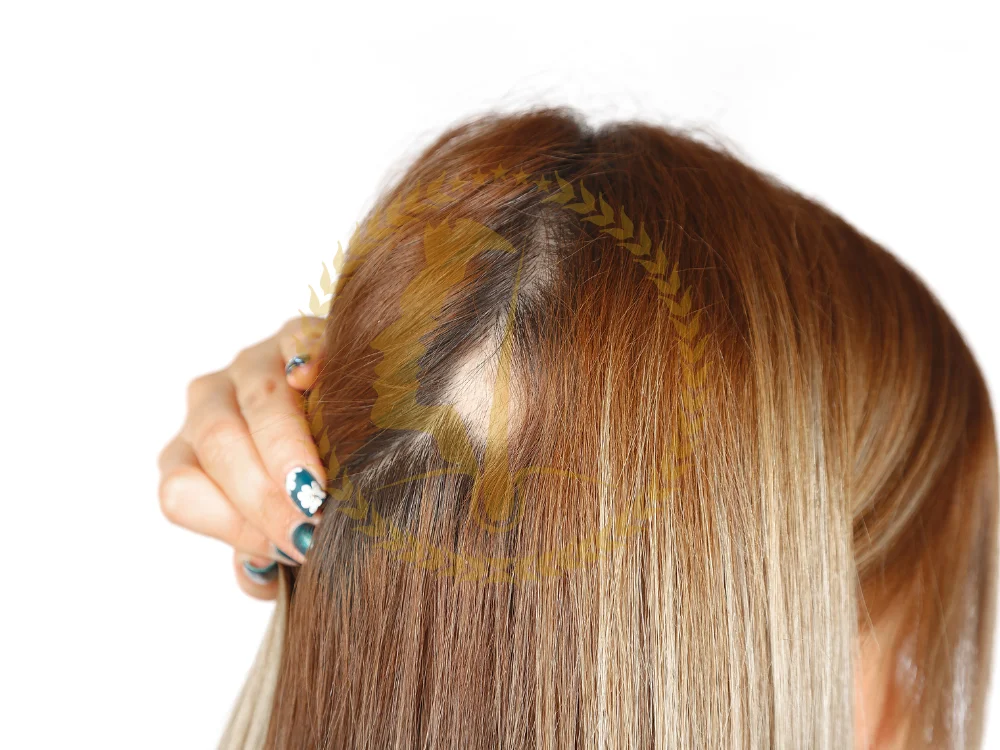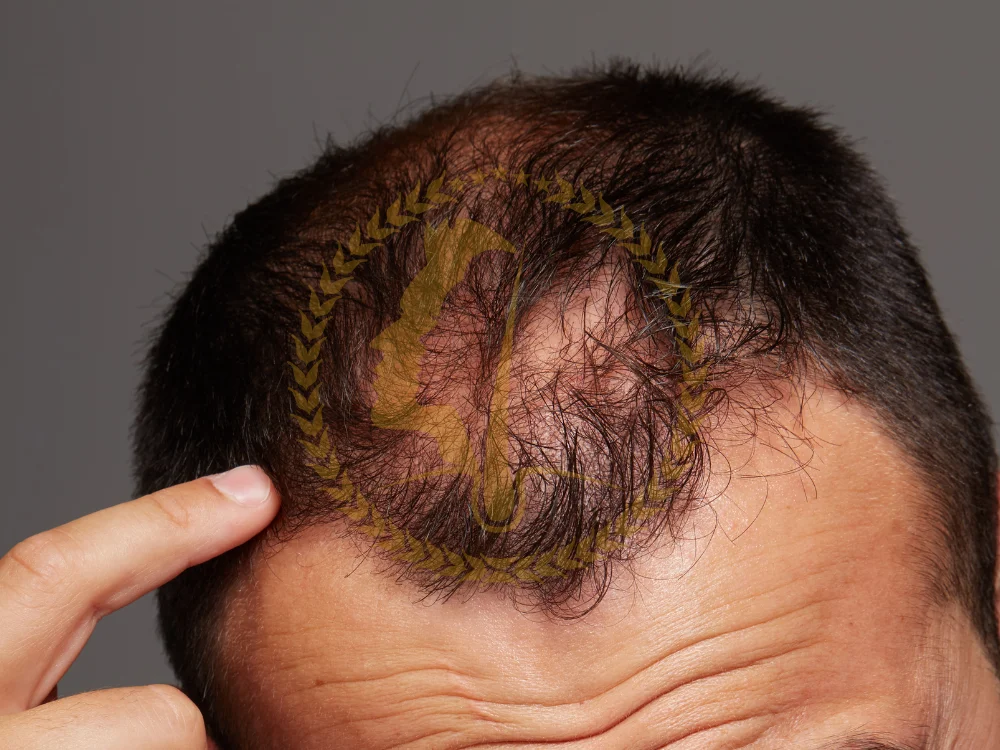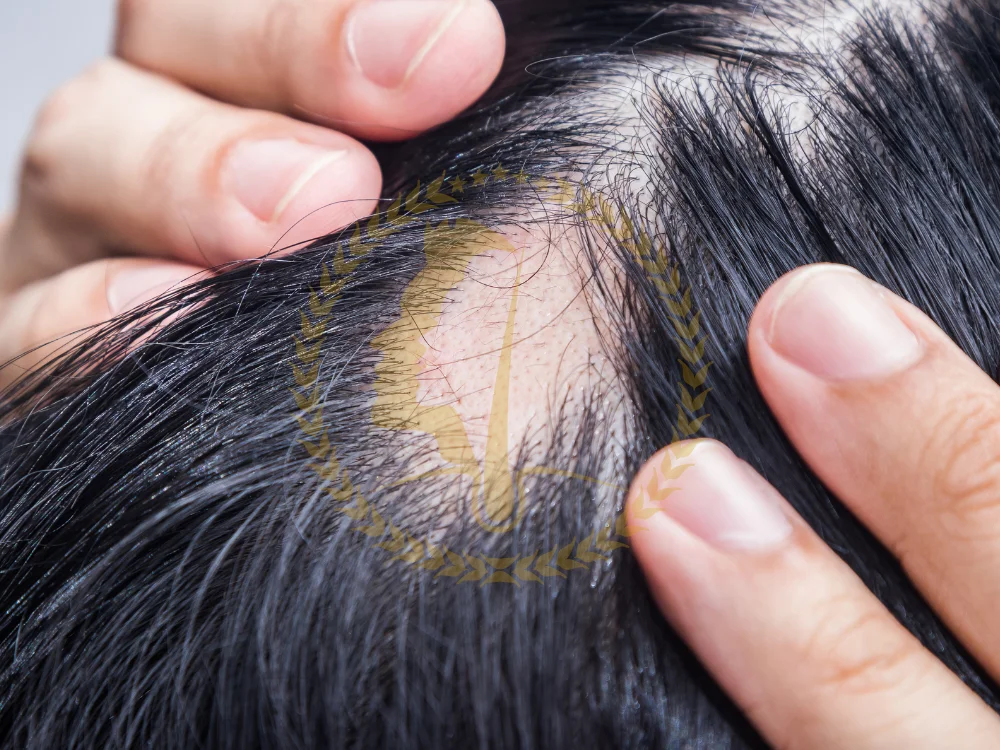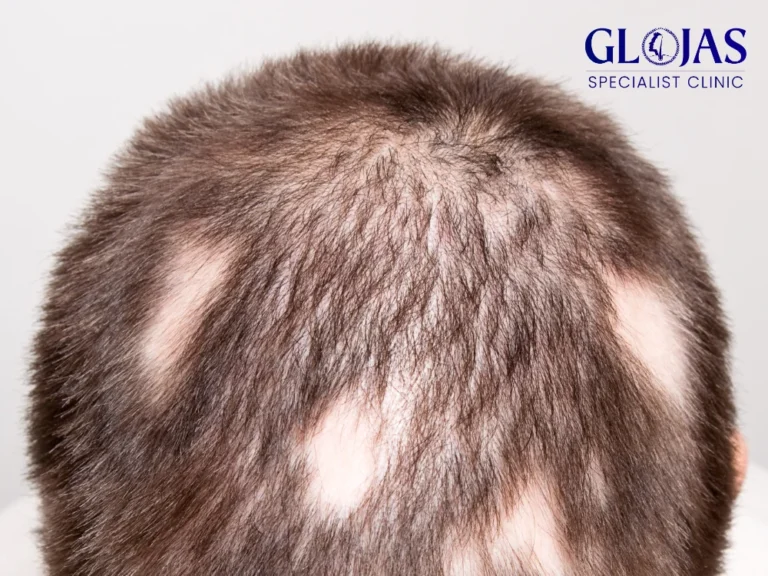Alopecia areata is a common autoimmune condition that leads to hair loss in small, round patches on the scalp and other areas of the body. This unpredictable disorder affects millions worldwide, often leaving individuals seeking ways to manage and treat it effectively. Although alopecia areata can cause distress, several strategies and treatments have shown promise in controlling its progression and encouraging hair regrowth. In this article, we will explore everything you need to know about alopecia areata, including the causes, symptoms, and treatment options available.
What is Alopecia Areata?
Alopecia areata is an autoimmune disorder where the body’s immune system mistakenly attacks healthy hair follicles. This leads to the disruption of hair growth, resulting in patches of hair loss. The condition can affect anyone, regardless of age or gender, though it commonly develops in younger individuals. Alopecia areata is not contagious, nor is it life-threatening, but it can have significant emotional and psychological impacts due to visible hair loss.
Types of Alopecia Areata
There are different forms of alopecia areata that vary in severity:
- Alopecia areata (Patchy): Characterized by small, round patches of hair loss on the scalp or other parts of the body.
- Alopecia totalis: Complete hair loss across the entire scalp.
- Alopecia universalis: Hair loss occurs over the entire body, including the scalp, eyebrows, and eyelashes.

Causes of Alopecia Areata
The exact cause of alopecia areata is not fully understood, but it is believed to be a combination of genetic and environmental factors. Here are some potential causes:
- Genetics: Individuals with a family history of autoimmune disorders are more likely to develop alopecia areata.
- Autoimmune Response: The immune system mistakenly attacks the hair follicles, treating them as foreign invaders, leading to hair loss.
- Stress: Emotional or physical stress can trigger the onset or worsening of alopecia areata, although it is not a direct cause.
- Environmental Factors: Exposure to certain viruses or environmental toxins may contribute to the development of the condition.
Symptoms of Alopecia Areata
Alopecia areata typically manifests as sudden hair loss in small, round patches on the scalp, but the condition can affect any hair-bearing area of the body. Common symptoms include:
- Patchy Hair Loss: The most notable symptom is one or more round, smooth bald patches.
- Nail Changes: In some cases, individuals may experience changes in their fingernails or toenails, such as pitting or ridges.
- Regrowth and Relapse: Hair may grow back, but alopecia areata often has a cyclical nature, with periods of hair regrowth followed by further hair loss.
Diagnosis of Alopecia Areata
Alopecia areata is usually diagnosed through a clinical examination of the affected areas. In some cases, a biopsy or blood test may be required to rule out other conditions or determine if autoimmune factors are involved. Early diagnosis and intervention can be beneficial in managing the condition.
Differentiating Alopecia Areata from Other Hair Loss Conditions
Several conditions can mimic the symptoms of alopecia areata, such as:
- Androgenetic alopecia (male or female pattern baldness): Typically results in more diffuse hair thinning rather than patchy loss.
- Telogen effluvium: A temporary form of hair loss often triggered by stress or hormonal changes.
- Tinea capitis: A fungal infection that can cause bald patches with scaling and redness.

7 Proven Strategies to Manage Alopecia Areata Effectively
While there is no cure for alopecia areata, many treatment options can help manage the condition and encourage hair regrowth. Here are seven proven strategies to consider:
1. Topical Corticosteroids
One of the most common treatments for alopecia areata is topical corticosteroids. These medications help reduce inflammation around the hair follicles, allowing hair to regrow. Corticosteroid creams, ointments, or lotions are applied directly to the bald patches and are especially useful for small areas of hair loss.
2. Intralesional Corticosteroid Injections
For individuals with more extensive hair loss, corticosteroid injections may be used. The injections are administered directly into the bald areas to promote hair regrowth. This treatment is often repeated every few weeks, depending on the severity of the hair loss.
3. Minoxidil (Rogaine)
Minoxidil is a topical solution that can stimulate hair growth in individuals with alopecia areata. It is applied to the affected areas of the scalp and may promote hair regrowth in some cases. Minoxidil is generally more effective for smaller patches of hair loss.
4. Anthralin
Anthralin is a topical medication commonly used to treat psoriasis but has also been effective in treating alopecia areata. It works by modifying the immune response in the skin, which can encourage hair regrowth in areas of baldness.
5. Immunotherapy
Topical immunotherapy involves applying chemicals, such as diphencyprone (DPCP), to the scalp to trigger an allergic reaction. This reaction stimulates the immune system and can lead to hair regrowth over time. However, this treatment must be administered under medical supervision, as it can cause irritation and other side effects.
6. Platelet-Rich Plasma (PRP) Therapy
PRP therapy is an emerging treatment for alopecia areata that involves drawing a small amount of the patient’s blood, processing it to concentrate the platelets, and then injecting the platelets into the scalp. This therapy is believed to promote hair regrowth by stimulating the hair follicles.
7. Lifestyle and Stress Management
While stress is not a direct cause of alopecia areata, managing stress levels can help reduce the likelihood of flare-ups. Techniques such as meditation, yoga, and regular exercise can be beneficial for mental and emotional well-being, potentially improving the outcome of alopecia areata treatments.
Living with Alopecia Areata
Alopecia areata can be a challenging condition, both physically and emotionally. Individuals with alopecia areata often struggle with feelings of self-consciousness, especially if the hair loss is visible. Seeking support from friends, family, or support groups can help manage the emotional impact. Additionally, many people choose to wear wigs, scarves, or hats to cover bald patches and feel more confident in social situations.

FAQs about Alopecia Areata
1. Can alopecia areata be cured?
Currently, there is no cure for alopecia areata, but many treatments can help manage symptoms and promote hair regrowth.
2. Does alopecia areata cause permanent hair loss?
Alopecia areata does not always cause permanent hair loss. In many cases, hair regrows, although it may fall out again in the future.
3. Is alopecia areata hereditary?
Alopecia areata has a genetic component, and individuals with a family history of the condition or other autoimmune disorders may be at higher risk.
4. Can stress worsen alopecia areata?
While stress does not directly cause alopecia areata, it can trigger or exacerbate the condition.
5. How is alopecia areata diagnosed?
Alopecia areata is diagnosed through a physical examination and, in some cases, a biopsy or blood tests to rule out other conditions.
6. Can children develop alopecia areata?
Yes, alopecia areata can affect people of any age, including children.
